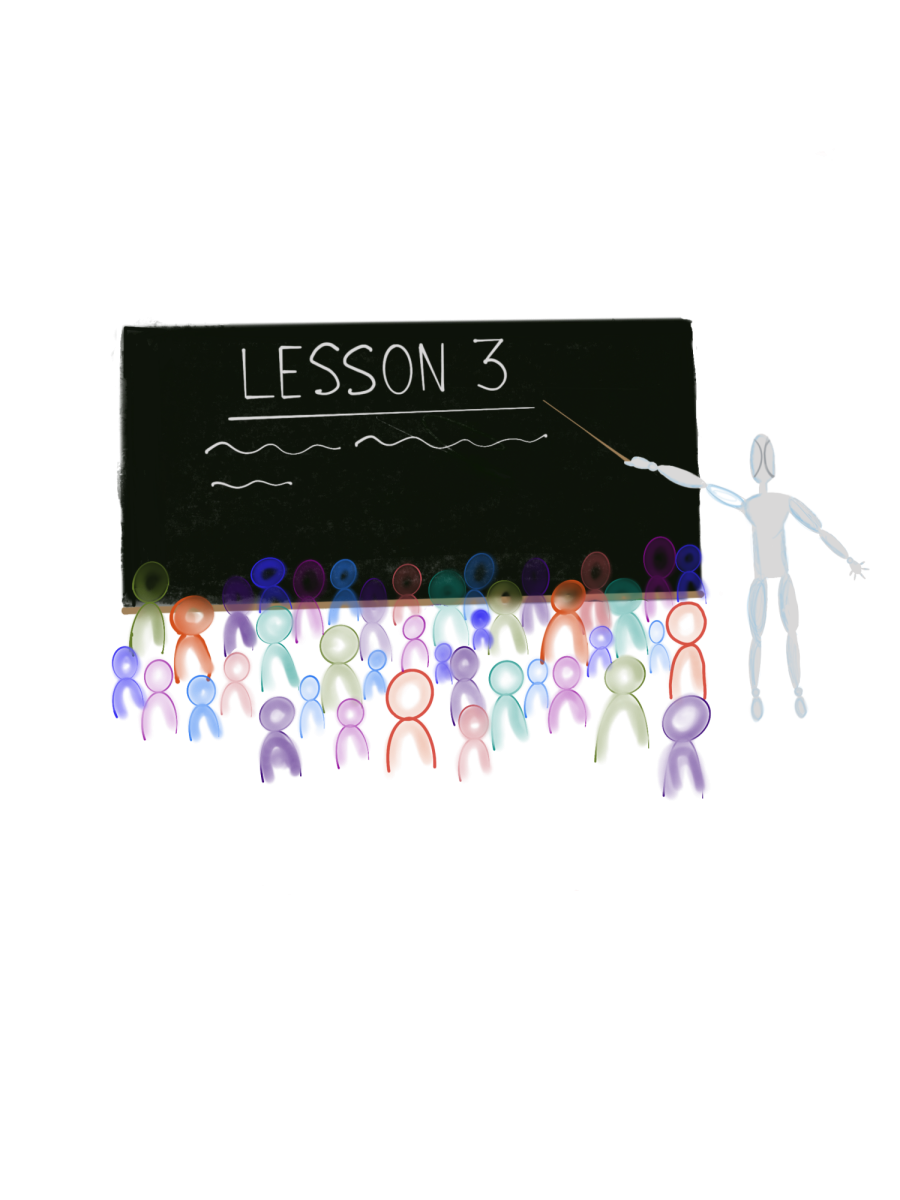On Dec. 14, 2012, Adam Lanza shot and killed 20 children at Sandy Hook Elementary School. On Dec. 21, 2013, Karl Pierson shot two high school students in less than 80 seconds. On Jan. 13, 2014, Dreyfoos’ own Alex and Jackie Berman were added to the seemingly unending list of young people being victims of gun violence.
After every tragic incident of gun violence, politicians ask, “What could have been done to prevent this?” This question is generally answered with rhetoric instead of actual solutions or discussion of the problem. In the wake of heartbreak, it is natural to mourn instead of discuss issues, but ultimately, something must change. It is the job of policymakers to recognize that the United States’ current gun policies are insufficient.
Since Sandy Hook, a tragedy that many decried as one of the worst incidences of gun violence causing innocent deaths, nothing has changed. According to a research project conducted by Slate Magazine, 28,117 Americans have died by gunfire since Sandy Hook. How is this possible? More importantly, when will this change?
As of now, there is no comprehensive control legislation in the U.S. The average citizen is allowed to buy some of the most advanced weaponry on the market without even waiting three days. According to the Guttmacher Institute, only 11 states require people to wait for any period of time before they are allowed to take home a gun. Attempts to improve current gun control laws have been met with opposition from many conservatives and some leftists. Touting the Second Amendment as their reasoning, lobbyist groups such as the National Rifle Association have prevented many bills from passing. With massive amounts of funds, the NRA is capable of launching nationwide, anti-gun law campaigns without it making even a dent in their bank accounts. Despite this, a Gallup poll reported that over 90 percent of Americans support background checks for all gun purchases.
Clearly, Americans want change, but partisan politics have impeded this process. Obviously, this is just one factor that contributes to the widespread occurrence of criminals and the mentally unstable being able to obtain weapons. Background checks that are conducted are generally insufficient and spotty because of flaws in the National Instant Criminal Background Check System. The NICS is the most widely used background check system, but as of now, states aren’t required to submit records to the system. As a result, gun sellers rarely get the full picture of the people they are selling weapons to. According to the Government Accountability Office, in one state, only 4.4 percent of all relevant information was submitted to the NICS and made available to the FBI.
The issue of gun control manifests itself in the larger problem of violence in the United States. Since 1949, there have been 12 mass shootings in which 12 or more people died. Half of those shootings occurred in the past six years. Of all the facts and statistics, this is perhaps the most terrifying. A report by the National Research Council and the Institute of Medicine found that violent deaths are far more common in the United States than in any other wealthy nation.
“One behavior that probably explains the excess lethality of violence and unintentional injuries in the United States is the widespread possession of firearms and the common practice of storing them (often unlocked) at home,” the report said. “The statistics are dramatic.”
While it may be difficult to discuss politics in the wake of a tragedy, but now more than ever we must recognize the need for change. This problem is clearly too large for one person—let alone one student newspaper’s Op/Ed editor to fix. But if we don’t at least talk about the problem, nothing will come into fruition. It all starts with a conversation.

























































